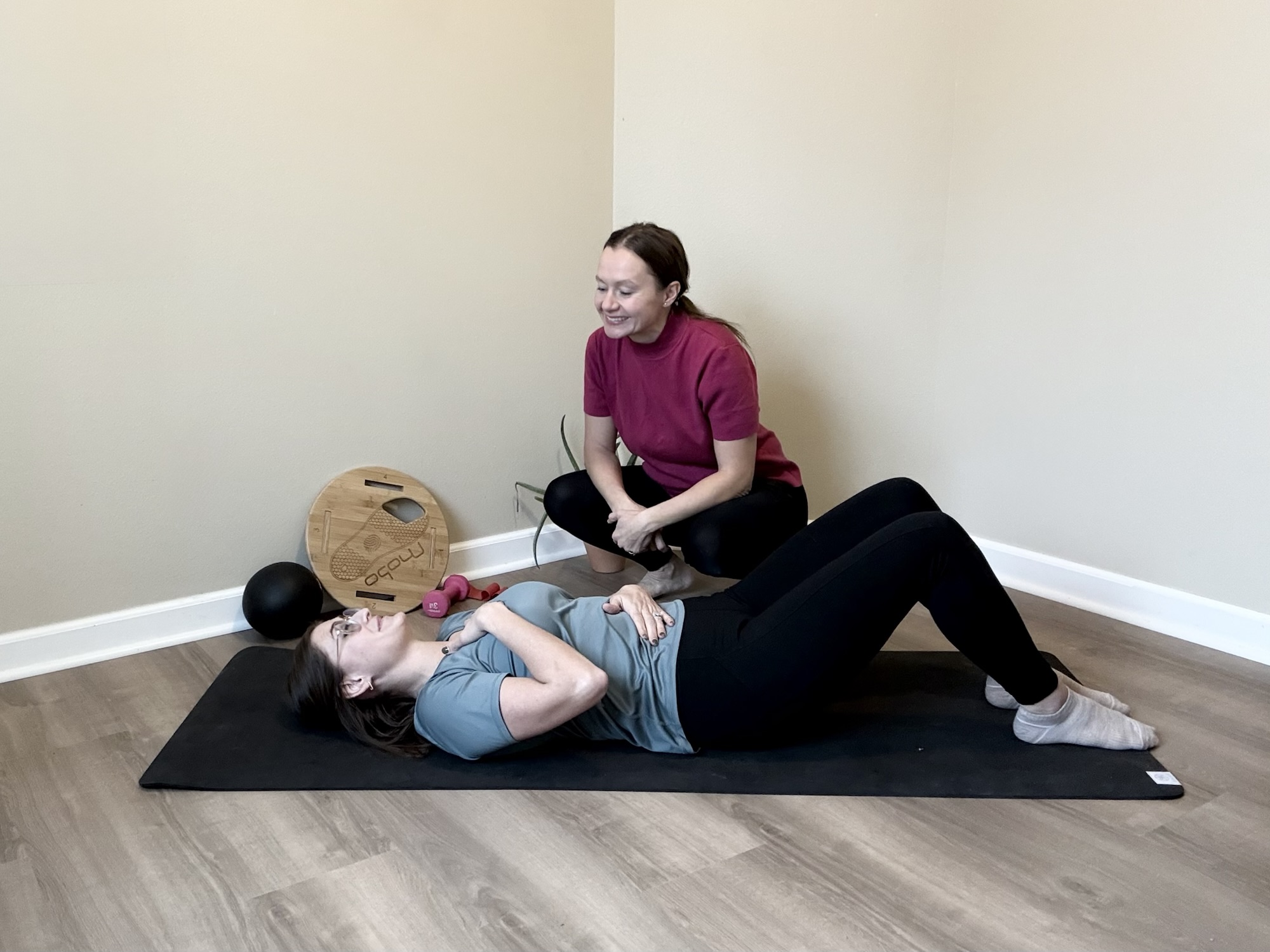Breathing is one of the most fundamental functions of our body, a vital reflex that we often take for granted. From the moment we are born, our breath is our first connection to life, providing essential oxygen that fuels our bodies and minds. It happens instinctively, keeping us alive even when we’re not consciously aware of it. Yet, breath is more than just a biological necessity; it is a powerful tool for healing and transformation, especially during the postpartum period.
In the context of postpartum recovery, understanding the nuances of breathing becomes crucial. The changes your body undergoes during pregnancy and childbirth can create physical challenges, including weakened pelvic floor and core stability. Issues such as incontinence and pelvic pain are common, but they don’t have to be permanent. Focusing on breath control can not only aid in recovery but also foster a sense of empowerment and well-being.
Research indicates that proper breathing techniques can have a profound impact on pelvic floor function and overall health. For instance, diaphragmatic breathing—breathing deeply from the diaphragm rather than shallowly from the chest—has been shown to enhance the strength and coordination of pelvic floor muscles. As noted by Samselle (1998), the connection between breath and pelvic floor contractions is significant, making it an essential focus for postpartum rehabilitation.
Furthermore, the early postpartum period is the perfect time to reconnect with your breath. As Selman et al. (2022) recommend, prioritizing diaphragmatic breathing can restore mobility in your upper body and reestablish the important neuromuscular connection with your pelvic floor. This connection is key to regaining strength and confidence in your body after giving birth.
Breath also serves as a bridge to mindfulness and relaxation, helping you navigate the emotional landscape of motherhood. By learning to control and harness your breath, you can create moments of calm amid the chaos, fostering resilience and emotional balance. In essence, breath is not just an involuntary function; it is a profound ally on your journey toward postpartum recovery.
Pelvic Floor Breathing Techniques
To harness the full potential of breath, here are some simple exercises that will help you engage both your diaphragm and pelvic floor for deeper, more effective breaths:
1. Basic Pelvic Floor Breathing
• Find a comfortable seated or lying-down position. Place one hand on your chest and the other on your abdomen.
• Breathe in deeply through your nose, feeling your abdomen expand. As you inhale, visualize your pelvic floor relaxing and dropping.
• Exhale slowly through your mouth, allowing your abdomen to fall as your pelvic floor gently lifts. This improves pelvic floor strength and awareness.
• Repeat this process for several minutes, focusing on the flow of your breath.
2. Breath with Engagement
• In a comfortable seated position, inhale deeply while allowing your pelvic floor to relax.
• As you exhale, imagine your pelvic floor lifting and gently engaging. This coordination between your breath and muscle activation supports your recovery and reduces pelvic floor dysfunction (Dumoulin & Cacciari, 2018).

3. Gentle Movement with Breath
• Combine breath with movement. As you inhale, raise your arms overhead, letting your abdomen expand. As you exhale, lower your arms, drawing in your core and lifting your pelvic floor.
• This integration of breath and movement increases body awareness and encourages relaxation.


4. Visualization Breathing
• While practicing pelvic floor breathing, visualize inhaling positivity and light, and exhaling tension and stress. This mental imagery enhances relaxation and encourages a positive outlook during recovery.
Integrating Breath into Daily Life
You don’t need to set aside extra time to practice these breathing techniques—you can incorporate them into your daily routine. Here’s how:
1. Mindful Moments
• Take short moments throughout your day to practice pelvic floor breathing. Whether you’re waiting for your baby to fall asleep or sitting in traffic, these pauses will help center you and reduce stress.
2. During Baby Care
• While breastfeeding or bottle-feeding, practice pelvic floor breathing to promote relaxation. This will help create a calming environment for both you and your baby.
3. Physical Activity
• Whether you’re doing light stretching, yoga, or gentle exercise, focus on your breath with each movement. This mindful connection enhances the benefits of your activity and supports your recovery.
4. Stress Management
• When feeling overwhelmed, pause and take a few deep breaths. Focus on the rhythm of your breath to ground yourself in the present moment. This can help you manage the stresses of motherhood more calmly.
5. Bedtime Routine
• Incorporate pelvic floor breathing into your bedtime routine to help you relax before sleep. Just a few minutes of focused breathwork can quiet your mind and prepare your body for restful sleep.
Conclusion
Harnessing the power of your breath is a simple yet powerful way to support your postpartum recovery. With regular practice, these techniques can help you regain strength, build resilience, and find more ease in your journey through motherhood. Breath is your ally—let it guide you toward healing and well-being.
Take Home Message: By mastering pelvic floor breathing, you’ll not only support your core and pelvic floor recovery but also create mindful, calming moments in your day. This practice is easy to integrate into everyday activities and can significantly enhance your physical and emotional health as you embrace motherhood.
References
• Dumoulin, C., & Cacciari, L. (2018). Pelvic floor muscle training versus no treatment for urinary incontinence in women: A systematic review and meta-analysis. Neurourology and Urodynamics, 37(5), 1531-1543.
• Samselle, L. (1998). The relationship of breath control and pelvic floor muscle activity. Journal of Women’s Health Physical Therapy, 22(1), 16-21.
• Selman, J. R., et al. (2022). The role of diaphragmatic breathing in postpartum recovery: Implications for rehabilitation. Journal of Women’s Health Physical Therapy, 46(2), 85-92.







